This groundbreaking talk was thrust upon me by my Facebook Newsfeed with high recommendations. I now recommend it with equal enthusiasm to you. The speaker, Professor Salim Yusuf, is the current President of the World Heart Foundation. His message will likely cause you to choose different habits tomorrow, starting with your breakfast.
I watched the video and loved it. My notes are written below, however, I recommend you hear it from the horses mouth.
The data presented is largely from the PURE study; comprising 17 (now 200) countries and 200,000 people.
Macronutrients: Carbs, Fats, Proteins
Carbohydrates: Comparing the lowest quintile (the smallest carbohydrate intake) against the subsequent quintiles (increasing carbohydrate intake), the data from PURE shows that the odds ratio of developing cardiovascular disease when eating a higher carbohydrate (quintile 5) in comparison to the lowest (quintile 1) is 1.27 (1.06-1.57).
The risk of cardiovascular disease steeply increases when the percentage of calories from carbohydrates in an individual’s diet exceeds 55%. The WHO suggest we can eat up to 75% of our calories from carbs.
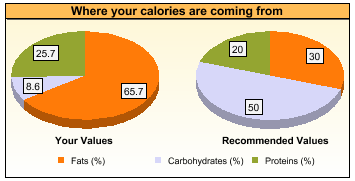
Fat:
Fat consumption was analysed in the same way, but had opposite findings. Diets with a higher content in fat were suggested to be protective against heart disease! Furthermore, saturated fats, the type villainised for being the main perpetrator of atherosclerosis and death-sentence blood lipid panels.
This is completely the opposite of the nutrition information we are commonly taught in our modern world. Be it on the news, in British Heart Foundation leaflets, in our hospital wards, in the medical school canteen or in our medical curricula; fat is the devil, carbohydrates are clean.
“Essentially we have increased carbohydrate in most Western countries, and this is most likely damaging”.
“When you eat a hamburger, throw away the bun and eat the meat”.
“Eat your eggs without any guilty conscience”.
What about heart healthy PUFAs? The more unsaturated a fat is, the more runny it is, no? Surely, the more fluid a fat is, the less it is likely to solidy into pale margarine slodge and furr up the old pipes. We are issued a warning; the change in oil consumption has been entirely industry driven; changing from ‘natural’ animal fats to vegetable fats. Vegetable oils are largely processed. The food corporations can ‘produce it, and therefore charge for it’. This was ‘swallowed hook, line and sinker’ by the American Heart Association and ‘repeated’ by the WHO.
What about dairy? Do you buy red top, green top or blue top? We are reminded, again, that there is no evidence that low-fat dairy is protective against heart disease. Dairy may be protective. Furthermore, the effect of consuming meat may only be neutral. White meat (chicken, fish etc) may even be beneficial. On the other hand, this study suggests that full fat dairy may be protective against obesity. Perhaps it would be better to reach for the gold-top milk next time? 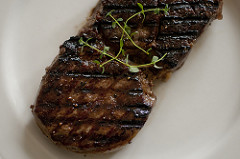

ApoB/ApoA is ‘the most sensitive marker for risk factor prediction’. I did not know that. The limit of medical school lessons are that HDL is good, LDL is bad, Triglycerides are probably bad, Cholesterol is certainly bad. (Don’t take my advice, I’m not a doctor.)
With this new marker I did not know of; when plotted against increasing carbohydrate, the ratio of ApoB/ApoB increases suggesting an unfavourable result. The opposite is true of fat consumption. Monounsaturated shows benefit. Poly-unsaturated is neutral.
Salt:
They measured salt content of a diet in a novel way; asking people to pee in a pot in the morning before they had eaten anything (fasted morning urine sample). Analysis of this rude awakening calculated the amount of salt in the urine. Data was collected from 1000 people from 11 countries. Or 100 people from each country. Which isn’t so many.
However, the findings of this study re. cardiovascular disease was mirrored by the PURE study (which is huge). What did these studies show?
– Salt excretion and cardiovascular disease risk showed a U shaped curve in people with high blood pressure. People who excreted the most salt had an increased risk, but so did the people who excreted the least salt.
– Salt is still linked with elevated CVD risk. But only when eaten about 5 grams. And only in people with preexisting high blood pressure problems – where elevated salt shows reciprocal increases in renin-angiotensin system activity.
– People without high blood pressure show no increased risk with elevated salt intakes, but, show an increased CVD risk when eating lower amounts of salt! 3-5g is optimal. There is increased renin-angiotensin system activity at low salt levels.
N.B. Renin-angiotensin system: I have only learned the physiological mechanism of this system, and did not know much about its involvement with cardiovascular pathology. It seems like the right time to get reading.
– Salt is essential. Think of your neurons. Action potentials. Keeping fluid where it is supposed to be, in the right amounts. Like in your blood. One cool point brought up was about the role of salt in the skin; sodium is transported to sites of injury to help prevent infection. Perhaps it is helpful to rub salt in your wounds!
Best quotes:
“why the hell do epidemiologists think that you can lower salt down to your boots and live forever”.
“adopt a healthy dietary pattern, rich in foods containing potassium (fruit and vegetables) with moderate sodium intake, and don’t go bananas about it”. Haha.
Tommy Wood wrote a great article on “beating hypertension” on his blog back in 2014, exploring the misunderstanding of the involvement of both salt and sugar. Check it out here.
Fruits, Vegetables and Legumes
“Where the hell did the advice to eat 5 fruits or vegetables come from? Why not 4? Why not 3? Why not 6? Why not 7? And, is it all fruits? Is it all vegetables? What kinds of fruits? What kinds of vegetables?”. Good point, my man.
1) Fruits are good for you. Eating 2-3 a day is good for you.
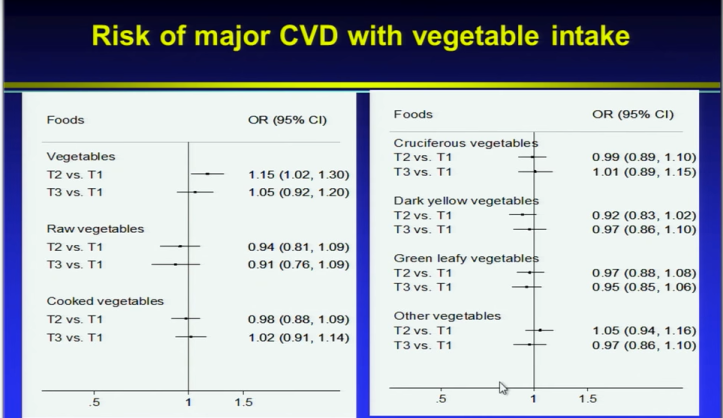
I nabbed this slide because it is information heavy and my fingers are tiring. It shows that eating vegetables is neutral. No magic benefit to that kale green monster smoothie or the raw beetroot life-extension elixir.
Say what? As a ‘salad bowl as big as your head’ kind of person I stubbornly find this data difficult to believe.
1) I am going to go away and read some more. Confirmation bias 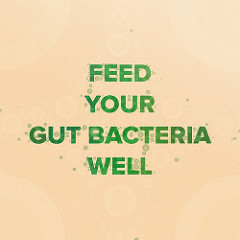 be damned.
be damned.
 be damned.
be damned. 2) Take this data with a pinch of salt (3-5g); ‘Neutral is good – you have to eat something. If you like it, then eat it.”
Finally, the WHF’s consensus is that legumes are good.
Which is fun, because I like lentils. They are protein rich, provide slow carbohydrates that won’t rocket my blood sugar and contain lots of fibre that my gut and its flora wave their little villi at.
Social and gender equality.
Check out 17.57.
“As the price of food increases, the consumption of fruits and vegetables decreases”.
His next points are extremely valid; unless we make healthy foods economically viable for poorer populations, there will never be uptake! It’s all well and good having a Whole Foods on Kensington High Street (£££), or a Waitrose stocking pastured animal products in every middle class neighbourhood (££) – There is a need to address the nutrient devoid 1.99£ happy street saver offerings that are readily available in south, east and inner city London, or impoverished areas elsewhere in the country.
Thought (oh no): Whenever I see a foodbank collection at a supermarket I am surprised to see how much junk has been kindly donated. I am sure that any donation is welcomed by the reciever with open arms, however, the best donation would be nutrient dense, protein rich, satiating and healthy. The poor already have higher rates of chronic diseases, and the ‘worst’ diet profiles. Donating biscuits, chocolate and other long-life shelf shit may seem a generous gift but may propagate a health-income divide.
Watch the end of the talk. Nutritional science is at a challenging point; its longstanding belief of fat, carbs and everything in between is being challenged not only by new and current epidemiological studies, but by the revoke of the scientific foundations it was built upon.
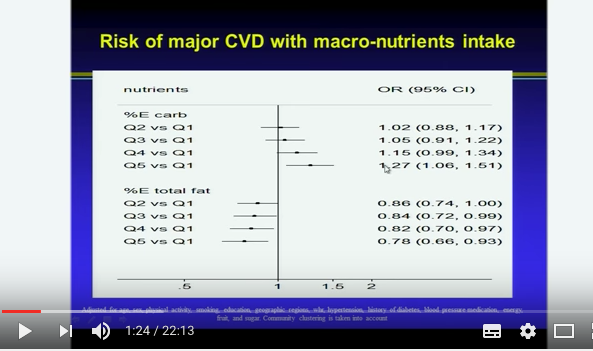
Good job mate. And nice writing too